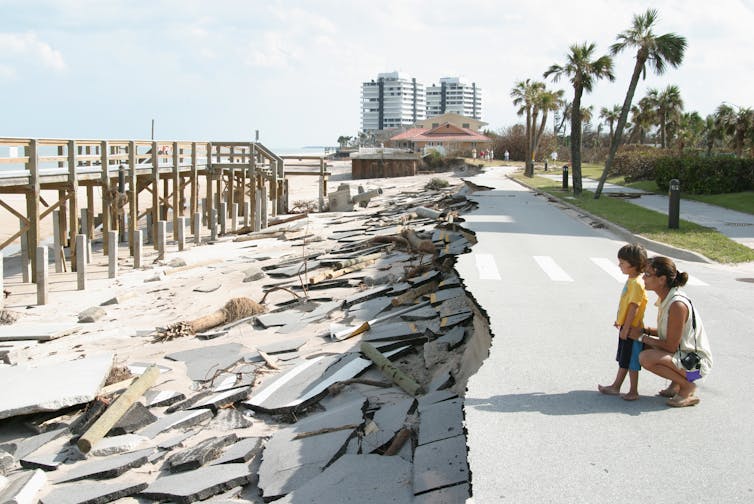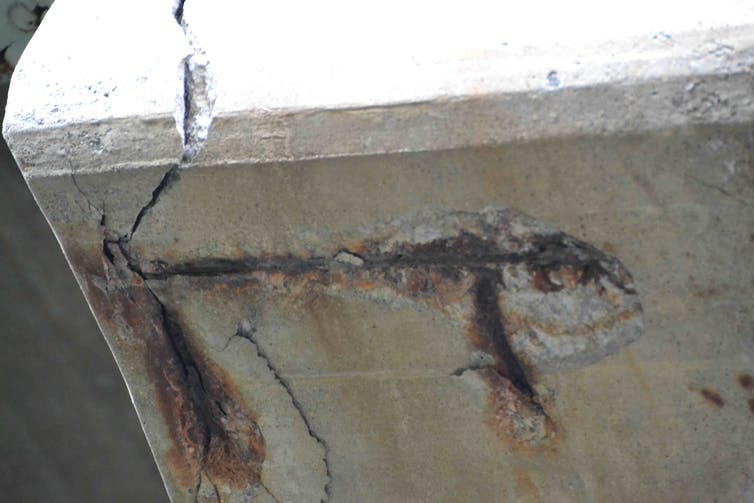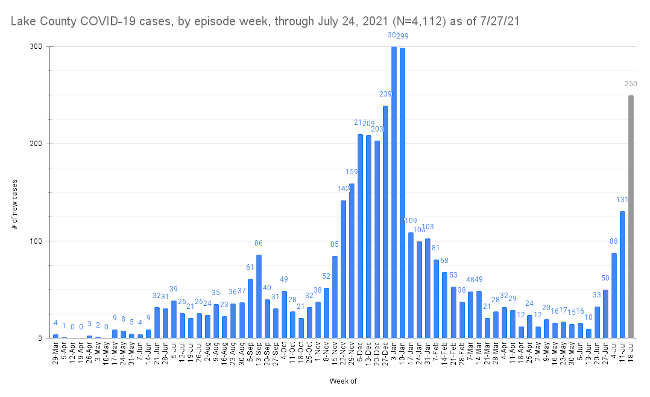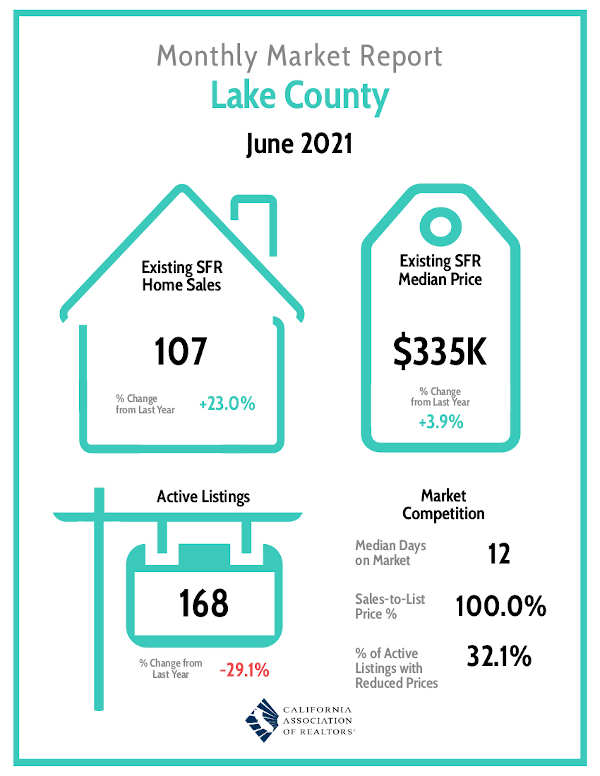Board Chair Bruno Sabatier presented the urgency ordinance to the board.
It will require land use applicants — no matter what type of project — to provide hydrology reports.
Over the past month, the Lake County Planning Commission’s members — in particular, District 1 Commissioner John Hess — have stated at their meetings that they wanted more guidance from the Board of Supervisors about how to assess projects and water usage, especially as the drought situation has worsened.
Many of the projects they’ve been considering recently, the majority of them cannabis projects, use millions of gallons of water.
The commission and county staff raised issues about the need for more thorough water reporting, and earlier this month had put off a decision for two weeks on a proposed project at High Valley Ranch in Clearlake Oaks in order to seek more information from the applicant.
Sabatier and other board members noted during their discussion that they had heard the commission’s comments in recent months and wanted to respond to them, with a view to introducing long-term rules to analyze water usage.
In his written report on the item, Sabatier said the commission’s requests for guidance and direction came “during these hard and difficult times where economic development and the urgent need to conserve water seem to be clashing.”
During the discussion, explaining the importance of taking up the matter, board members referred to a report earlier in the meeting from the county’s Drought Task Force in which it was reported that the county expects to receive a total of 200 permit applications for new wells by year’s end. That’s compared to 148 last year, the highest number of permits applied for since 2015.
Sabatier said that one of the projects the commission had approved over the last two months and which was appealed to the board — an apparent reference to the WeGrow LLC project near Hidden Valley Lake — had estimated numbers for water usage but no accompanying report.
Similarly, commission agenda packets often don’t have water reports included in them, as Lake County News has reported.
Sabatier’s proposed urgency ordinance adds the requirement for a full hydrology report, explaining he’d like that to eventually be added as a permanent standard. Applicants also would be required to draft a drought management plan on how to conserve water.
Supervisor Jessica Pyska said the board had an opportunity to be proactive. “If we don’t have water, we don’t have anything,” she said, adding it was “eye-opening” to find out how many new wells are going in.
Pyska said it’s important to step back and make sure they are in a place where they can sustain this type of development.
Supervisor Tina Scott agreed with moving forward, saying she also wanted to see such hydrology reporting made permanent.
Supervisor Moke Simon — who appointed Hess as planning commissioner — said more conversations need to be had on a permanent solution.
“Fears are running rampant right now with what we’re doing with water use,” he said.
During public comment, several suggestions were made to fine-tune the document.
Consultant Richard Knoll said the ordinance seemed well-intended but wasn’t comprehensive enough. He said it needed to define who is to prepare the reports, suggesting a qualified hydrologist or engineer.
He said the reports also needed to account for other sources of water, beyond wells, including surface water, rainwater and catchment, and not look just at recharge of on-site wells but also the aquifer itself.
Knoll suggested the county should consult with a qualified hydrologist to develop the scope of work of what they’re looking for in the reports.
“We really need to do this as soon as possible,” said Peggie King, who recommended a state licensed hydrologist be required to conduct the reports.
King said there are cumulative impacts important to review so everyone has their fair share of the water in the basin. If the county starts to overdraft or impact low impact basins, that’s going to trigger state groundwater management rules, she said.
Fine-tuning language
After hearing the comments, Pyska said she was concerned that the ordinance required more work to be as strong and effective as needed. She wanted to take another week.
County Counsel Anita Grant agreed that it was important to add language requiring the reports be done by licensed hydrologists and said it could take longer than a week to find a hydrologist just to consult the county.
Simon also supported the hydrologist language and wanted to move forward with accepting the document on Tuesday in order to put one more tool in the hands of the Planning Commission.
Sabatier said that, currently, 95% of the time, the projects before the commission are for cannabis, with the typical water source being a well. When the commission asks for a hydrology report, it delays things further and people already have been waiting to get their projects through the process.
“The wait is exacerbated when it goes in front of the Planning Commission and the Planning Commission requests something else,” he said.
He agreed to add the language requiring a hydrologist and then asked Grant if adding language about a project’s type of water sources was too substantial of a change to do that same day.
“This is an urgency ordinance. There’s no such thing as too substantial of a change that you could make on the face of the document today,” said Grant.
The source of water included in the document may be a little vague but Grant said it’s better than limiting it to wells.
Grant also told the board during the discussion, “Application will give you a better understanding of the approach and the definitions for this urgency ordinance. And it’s not a one and done. You are fully capable of being able to come back and flesh it out.”
She said that if the board wants a permanent ordinance, the supervisors may want to have a hydrology expert consult with them on how best to craft that permanent ordinance. “You’re not without options.”
Water Resources and Public Works Director Scott De Leon suggested to the board that they add licensed civil engineers to the list of professionals who can do the hydrology reports.
Other commenters agreed with De Leon, noting the difficulty of finding qualified and available hydrologists.
Their suggestions would result in the board updating the urgency ordinance language to allow the hydrology reports to be prepared by civil engineers, hydrologists, hydrogeologists or geologists with experience in water resources.
At Grant’s suggestion, Sabatier also fine-tuned the ordinance language to require the approximate amount of water available for the project’s water identified source, the approximate recharge rate for that source and the cumulative impact of the project’s water use on surrounding areas.
“I’m not going to hold this up today, but I think this process is sloppy,” said Pyska.
She said she wants the county counsel to be involved in drafting urgency ordinances with adequate time to review them. “I think we can do better.”
Sabatier passed the gavel to Supervisor EJ Crandell so that he could offer the ordinance with the amendments.
The board passed ordinance 5-0; it needed at least a four-fifths vote.
The ordinance went into effect immediately upon the board’s approval.
Email Elizabeth Larson at

 How to resolve AdBlock issue?
How to resolve AdBlock issue? 










